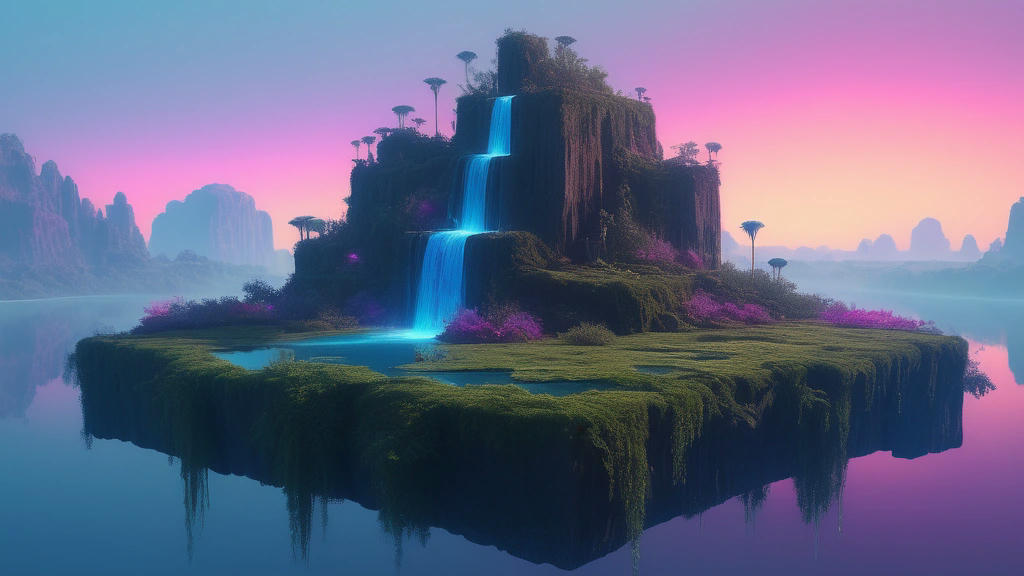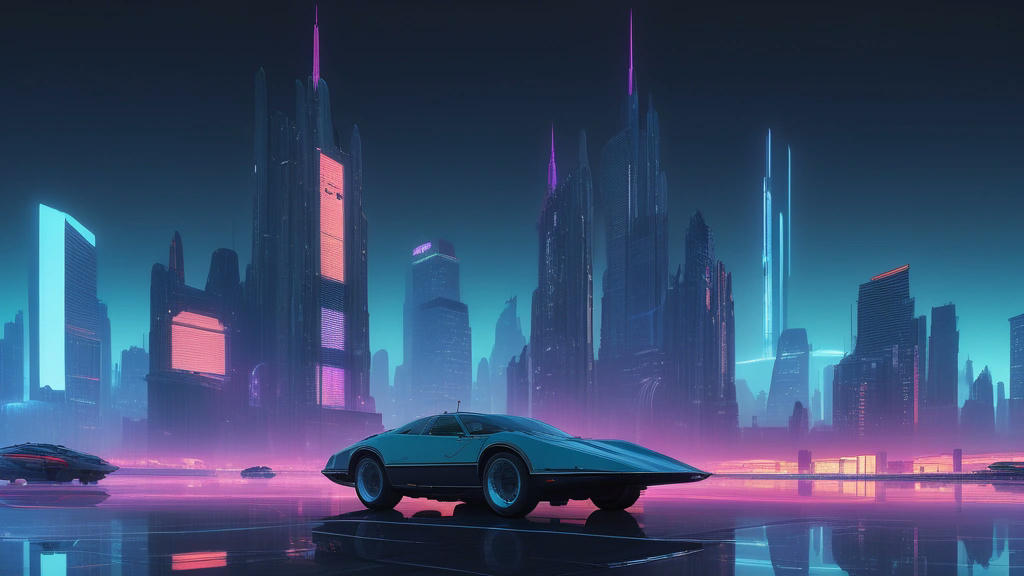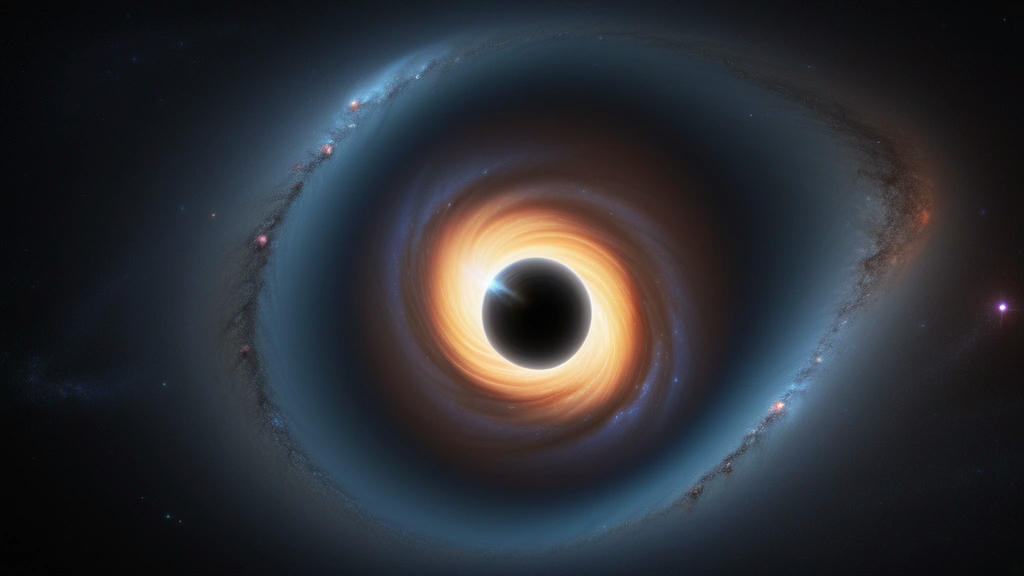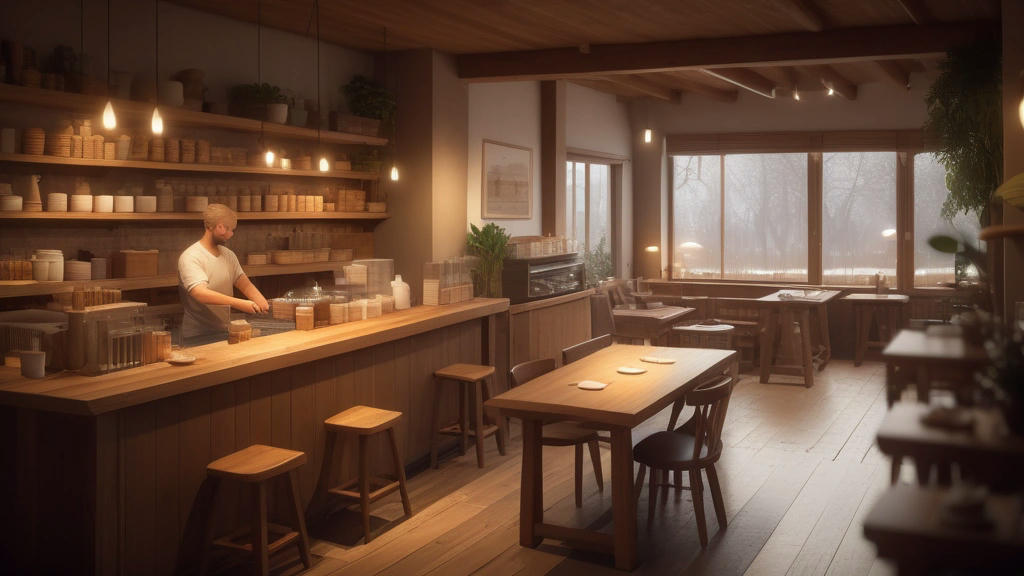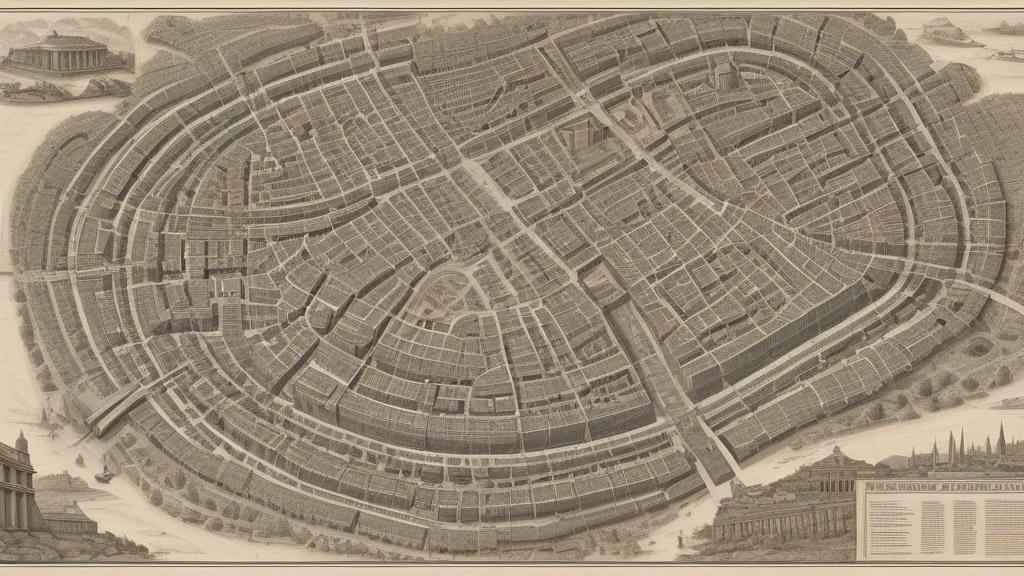Stable Diffusion, a cutting-edge AI model for generating images from text prompts, has taken the world by storm. Its applications span across various fields, from art and entertainment to science and technology. This article delves into some of the most fascinating and innovative uses of Stable Diffusion, showcasing its potential to revolutionize the way we create and interact with visual content.
Artistic Creations
One of the most prominent uses of Stable Diffusion is in the realm of digital art. Artists and hobbyists alike have embraced this technology to create stunning, unique pieces that push the boundaries of imagination. By inputting descriptive text prompts, users can generate intricate and detailed images that would be challenging to produce manually.
The ability to generate art from text has democratized the creative process, allowing individuals without traditional artistic skills to produce visually captivating works. This has led to a surge in digital art communities, where people share their creations and collaborate on projects, further pushing the limits of what Stable Diffusion can achieve.
Enhancing Storytelling
Storytellers and writers have found Stable Diffusion to be an invaluable tool for visualizing their narratives. By generating images that complement their stories, they can create more immersive and engaging experiences for their audiences. This is particularly useful in genres like fantasy and science fiction, where vivid and imaginative visuals play a crucial role in world-building.
Authors can now bring their words to life in ways that were previously unimaginable, adding a new dimension to their storytelling. This has also opened up new possibilities for interactive and multimedia storytelling, where readers can explore richly illustrated worlds and characters.
Scientific Visualization
Stable Diffusion has also found applications in the scientific community, where it is used to visualize complex concepts and data. Researchers can input descriptions of scientific phenomena, and the model generates images that help illustrate their findings. This is particularly useful in fields like astronomy, biology, and physics, where visual representations can aid in understanding and communication.
By providing a visual context, Stable Diffusion helps bridge the gap between complex scientific ideas and the general public, making science more accessible and engaging. It also aids researchers in presenting their work in a more compelling and understandable manner.
Personalized Content Creation
Another exciting application of Stable Diffusion is in personalized content creation. Users can generate custom images based on their preferences and interests, whether it's for social media, marketing, or personal projects. This has led to a surge in unique and tailored visual content, catering to diverse tastes and needs.
Businesses and marketers have also leveraged this technology to create eye-catching visuals for their campaigns, enhancing their brand identity and engagement with their audience. The ability to generate personalized content on demand has transformed the way we approach visual communication.
Educational Tools
Educators have started using Stable Diffusion to create engaging and interactive learning materials. By generating images that illustrate complex concepts, teachers can make their lessons more visually appealing and easier to understand. This is particularly beneficial in subjects like history, geography, and science, where visual aids can significantly enhance the learning experience.
Students can also use Stable Diffusion to create their own visual projects, fostering creativity and critical thinking. The technology provides a new way to explore and present information, making learning more dynamic and interactive.
Virtual Reality and Gaming
The gaming and virtual reality (VR) industries have also embraced Stable Diffusion to create immersive and visually stunning environments. Game developers can generate detailed and unique assets, from characters and landscapes to entire worlds, based on descriptive text prompts. This accelerates the development process and allows for more creative freedom.
In VR, Stable Diffusion can be used to create realistic and interactive experiences, transporting users to new and fantastical worlds. The technology's ability to generate high-quality visuals on demand has the potential to revolutionize the way we design and experience virtual environments.
Conclusion
Stable Diffusion is a powerful tool that has opened up new possibilities across various fields. From art and storytelling to science and education, its applications are vast and diverse. As the technology continues to evolve, we can expect even more innovative and exciting uses to emerge, further transforming the way we create and interact with visual content. The future of Stable Diffusion is bright, and its potential is limited only by our imagination.
